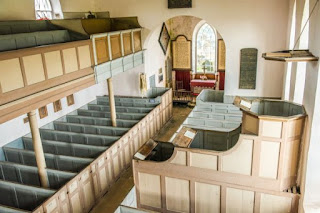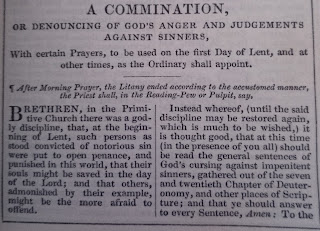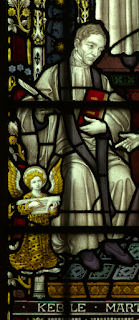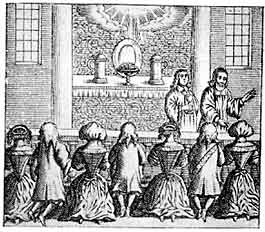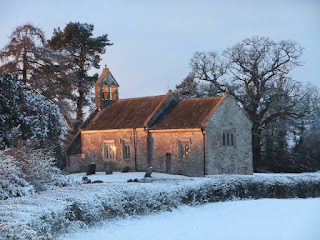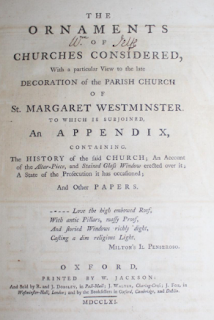'While the day of self-examination and repentance lasts': a Keble sermon for Lent II

From a Keble sermon for the Second Sunday in Lent (in his Sermons for the Christian Year: Lent to Passiontide ), another extract which exudes Old High piety. Central to the piety and pastoral practice of the Old High tradition was an understanding of the Christian life as definitively shaped by the covenant of Baptism, the bestowal of regenerating grace in the Sacrament calling us to holiness of life and, therefore, ongoing repentance. One result of this was a caution and reserve regarding 'deathbed repentance', exemplified in Taylor's writings on the matter. This is precisely what is seen in Keble's sermon. In typically Old High fashion, he refers to the teaching of the Catechism on Baptism: "wherein I was made a member of Christ, the child of God, and an inheritor of the kingdom of heaven". Here is our spiritual birthright. That we profane this gift as did Esau with his birthright undergirds the call to repentance. The gracious covenant of redeeming love in...





